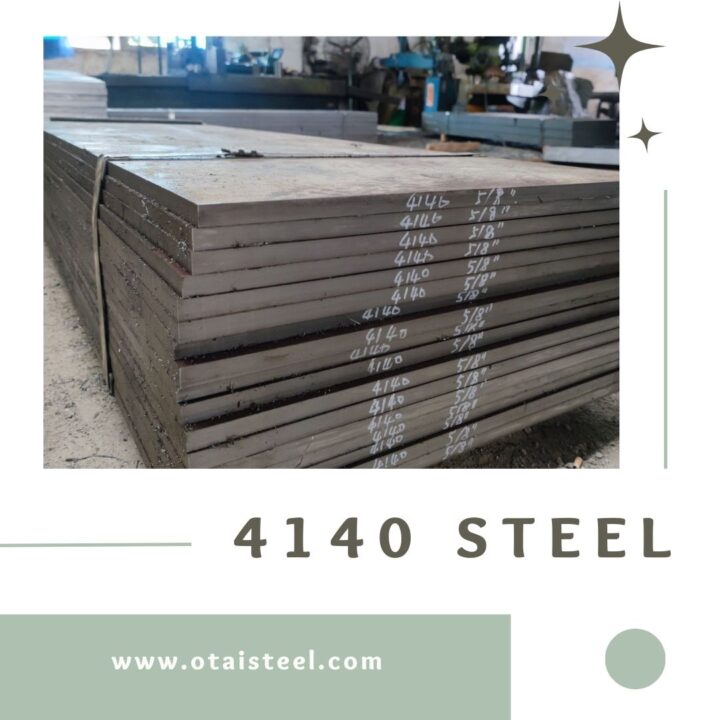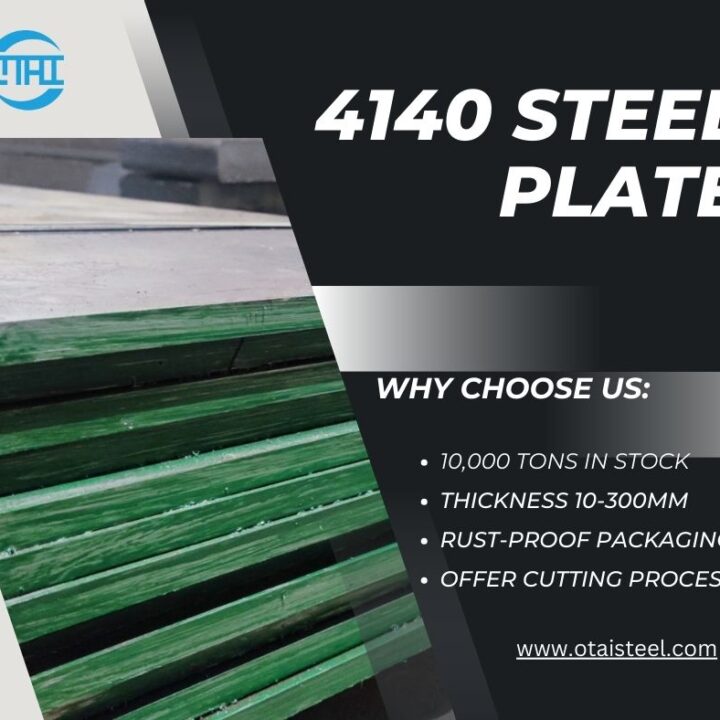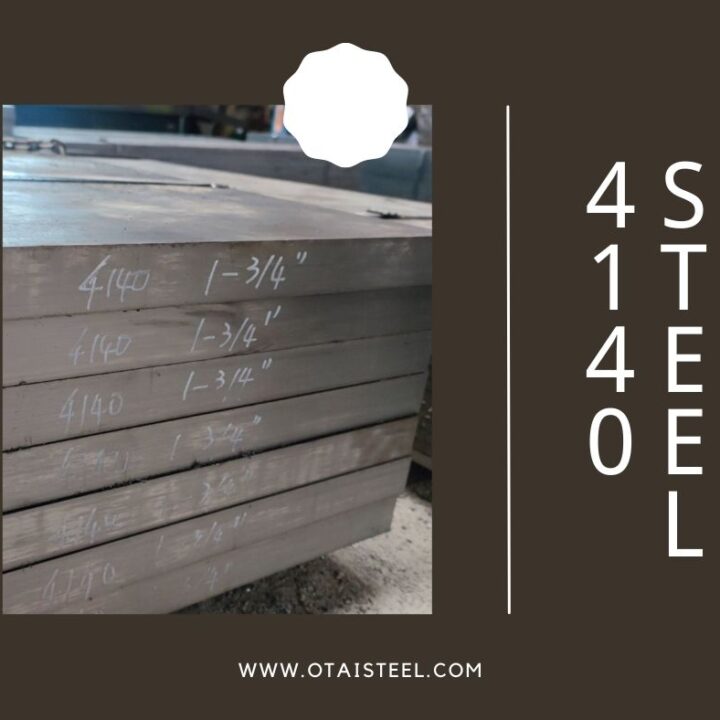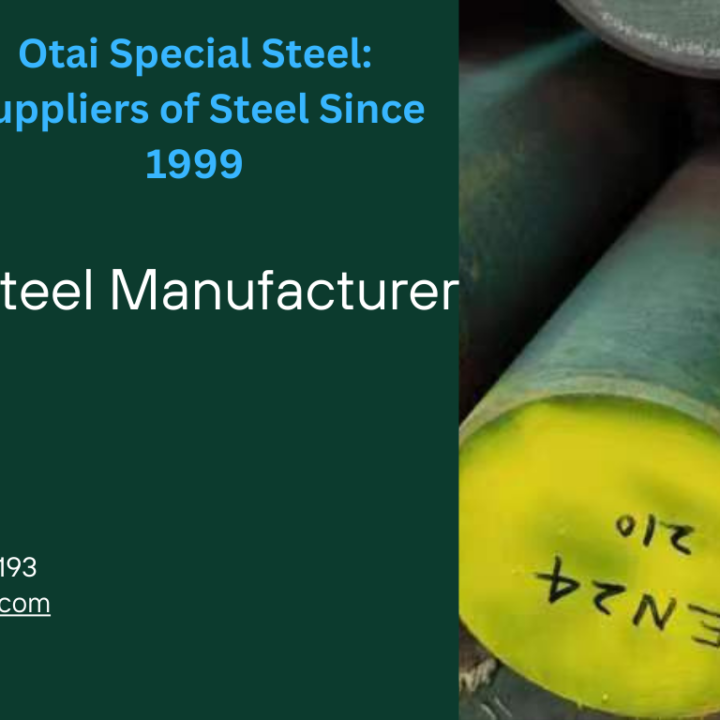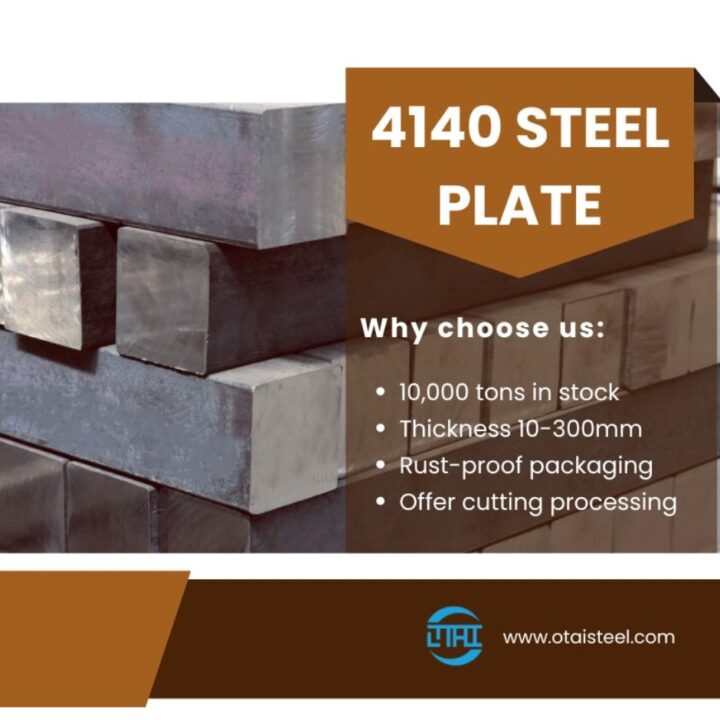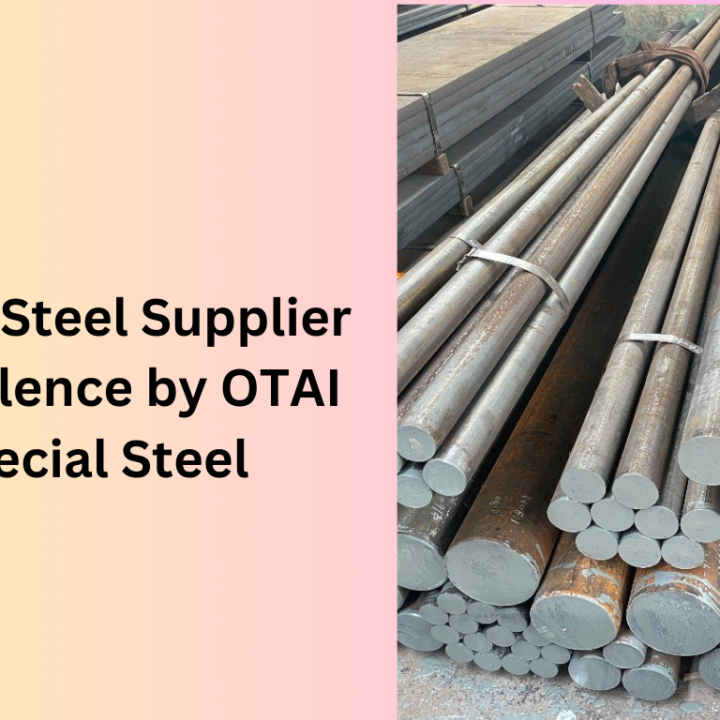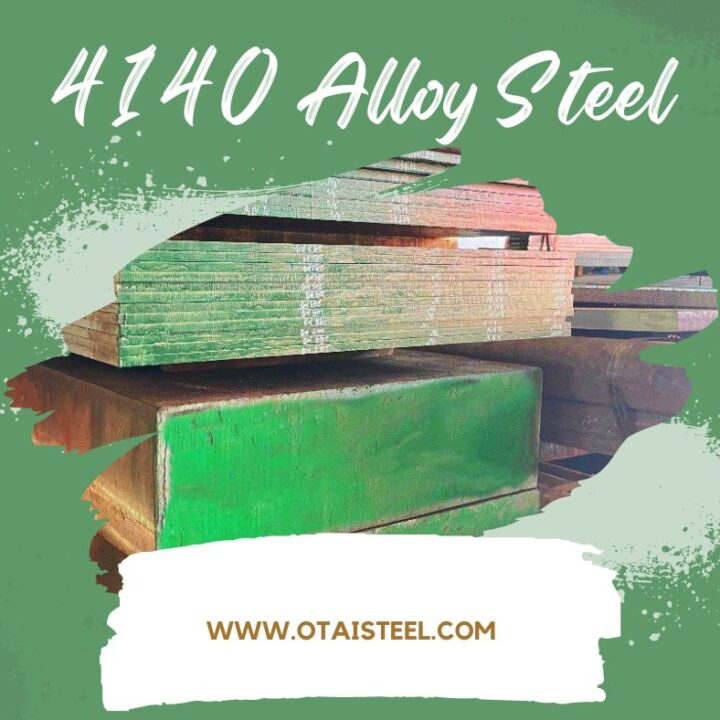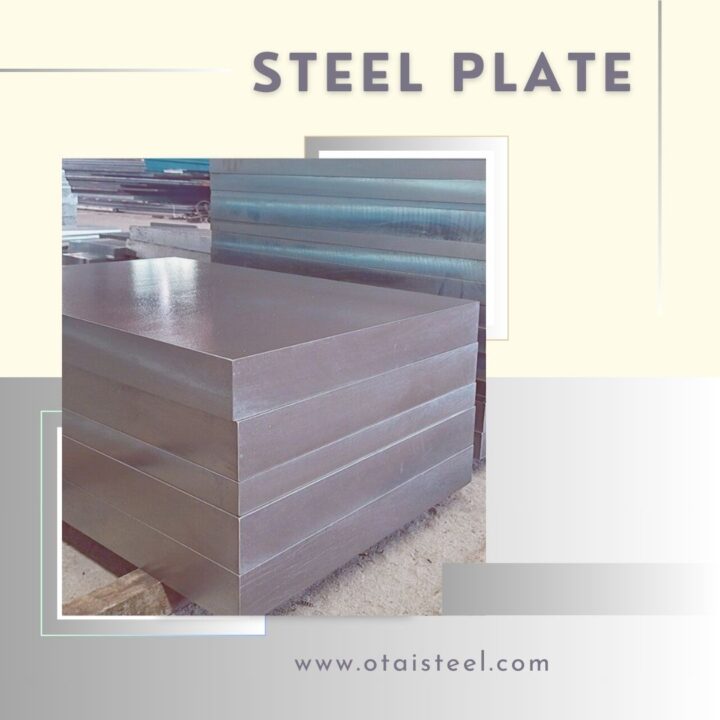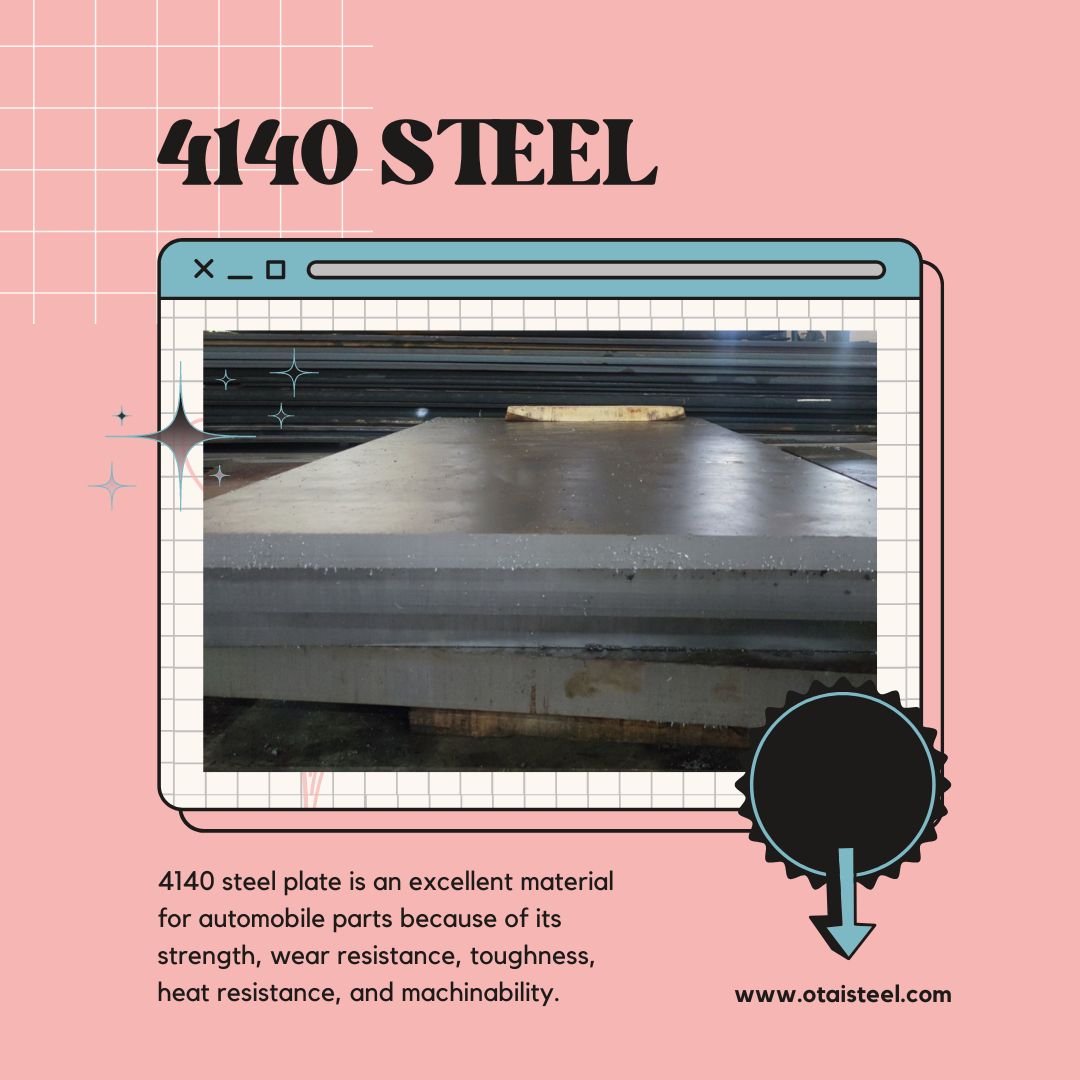 Whether you’re a professional engineer or simply curious about the world of metallurgy, this information will shed light on the importance of 4140 steel thickness.
Whether you’re a professional engineer or simply curious about the world of metallurgy, this information will shed light on the importance of 4140 steel thickness.
The Significance of 4140 Steel Thickness
Thickness is a fundamental parameter when working with 4140 steel, as it directly influences the material’s mechanical properties and suitability for specific applications.
- Strength: Thicker sections of 4140 steel tend to be stronger, making them suitable for applications where high tensile strength is crucial.
- Durability: A thicker layer of 4140 steel can provide greater resistance to wear and damage, extending the component’s lifespan.
- Stiffness: Thicker sections exhibit increased stiffness, which can be advantageous in situations requiring rigidity.
- Heat Dissipation: In certain applications, thicker 4140 steel sections may help dissipate heat more effectively, preventing overheating and damage.
Factors Affecting 4140 Steel Thickness
Several factors come into play when determining the appropriate thickness of 4140 steel for a given application:
- Load and Stress: The expected load and mechanical stress the component will endure are critical factors. Heavier loads often require thicker sections to prevent deformation or failure.
- Function: The function of the component matters. For example, a structural beam may require greater thickness than a decorative panel.
- Safety Standards: Industry-specific safety standards and regulations may prescribe minimum thickness requirements for certain applications.
- Cost: Thicker sections of 4140 steel can be costlier to produce, so economic considerations also influence thickness decisions.
Industrial Applications
- Aerospace: Thin sections of 4140 steel may be used for lightweight components, while thicker sections are employed in landing gear and structural parts.
- Automotive: The automotive industry utilizes 4140 steel in varying thicknesses for engine components, chassis, and suspension parts.
- Construction: Thick 4140 steel plates are often used in construction for heavy machinery components, support structures, and crane components.
- Oil and Gas: In the oil and gas sector, both thick and thin sections of 4140 steel are used for drill collars, valves, and pipeline components.
- Firearms: Firearms manufacturers use 4140 steel of different thicknesses for barrels, receivers, and various internal components.
- Tooling: Thick 4140 steel is employed in tool and die manufacturing for its durability and wear resistance.
The thickness of 4140 steel is a crucial aspect of its performance and suitability for various industrial applications. Engineers and manufacturers carefully consider factors like load, function, safety standards, and cost when determining the optimal thickness for a specific use case. Whether it’s in aerospace, automotive, construction, or any other industry, 4140 steel’s versatility, combined with the ability to tailor its thickness, continues to make it an indispensable material in modern engineering.
